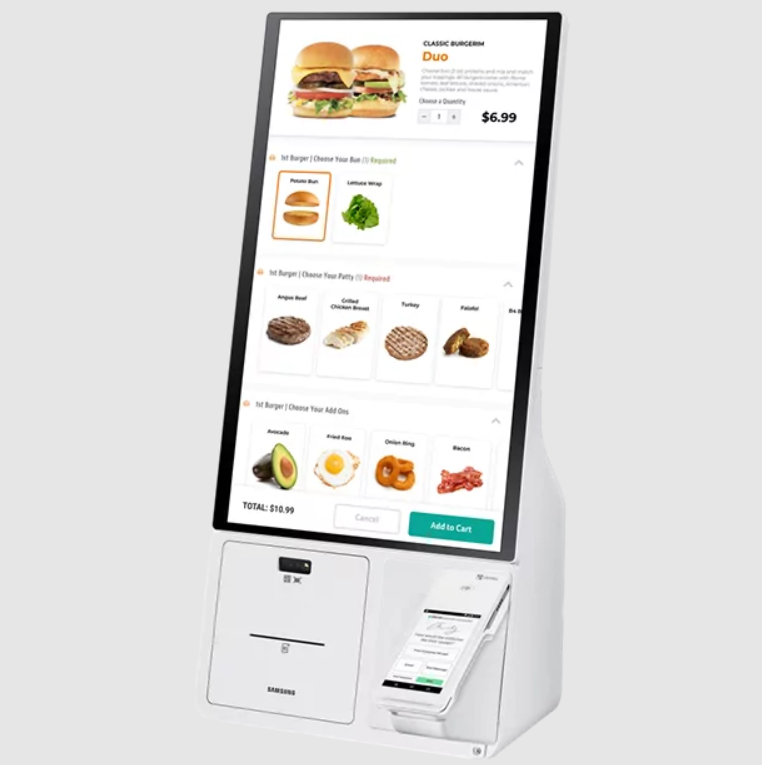If you’ve ever looked at your monthly payment processing statement, you’ve probably seen transactions billed at a variety of different rates. Some cards might be billed at 1%, some at 2%, some at 3% – and some at all manner of rates in-between. What determines the different rates you see for each transaction? It’s all about something called the interchange rate.
When you as a merchant process a credit or debit card transaction, you are billed a transaction fee. That fee is comprised of two primary parts: the interchange fee and the payment processing fee:
-
- Interchange fee, set by and paid to the issuing bank (such as Capital One or Citibank) and the card network (American Express, Discover, Mastercard, or Visa). All merchants are charged the same interchange rate, no matter which ISO or payment processor they use.
- Processing fee, set by and paid to your ISO or payment processor. Each ISO or processor sets its own fee rates.
The payment processing fee, sometimes called a discount fee, is the smaller of the two – much smaller, in most cases. Fully 95% of the fee you pay for each transaction is the interchange fee, and goes to the issuing bank and the card network.
But here’s the thing – there is no single rate for the interchange fees. Every transaction you process is charged a different interchange rate, depending on the type of card, type of transaction, and other factors. This rate is non-negotiable, and you often don’t know what you’ve been charged until you see your monthly statement.
For example, a Visa debit card is charged 0.80% + 15 cents – if you swipe or insert it. If you key it in, as you would with an online transaction, the rate is higher, 1.65% + 15 cents. (That’s because a transaction where you actually see a physical card is less risky than one where you’re only given the card numbers.) A regular Visa credit card, swiped or inserted, is charged 1.51% + 10 cents, while a Visa with retail rewards is charged 1.65% + 10 cents – and a Visa Retail Rewards Signature card is charged 2.30% + 10 cents. So you could take three Visa cards in a row and be charged three different rates – and not even know what kinds of Visa cards they were, or what rates you were charged. And there are plenty more variations out there, with Visa, MasterCard, and Discover all having slightly different rates.
The rates are even more complicated – and higher – with American Express, which charges differently for different types of business. For example, an American Express transaction at a fast food restaurant or hotel is charged 3.50%, while a similar transaction at a retail store is charged 2.89% + 10 cents.
There are more than 1500 different card types and tiers, which means more than 1500 corresponding interchange rates. Not surprisingly, it’s tough to get a grasp on all these different rates. You may not be able to tell what kind of card you’re processing – yes, it’s a Visa or a Mastercard, but is it a regular card or a Rewards card or a Rewards Signature card, or is it a corporate card or a business card, or what? It’s very complex.
Why are there different fees for different cards? It has to do with the costs and risk factors behind each type of card. You pay a higher rate when you don’t have a physical card to swipe or insert, because transactions without cards are more susceptible to fraud. There’s a higher rate behind rewards cards because the issuing bank pays a set percentage per transaction to the customer’s rewards account. The more different consumer programs there are out there, the more (slightly) different interchange rates.
The good thing about basing transaction fees on the interchange rate is that it’s fairly transparent and you always get the lowest rate. Instead of a paying a single flat rate for all your transactions, you’re charged the precise interchange rate for each card you accept – plus the small processing fee you pay to Higher Standards or a competing ISO, of course. We call this interchange+ pricing, and it really is the best approach for most businesses. You never overpay for any given transaction.









